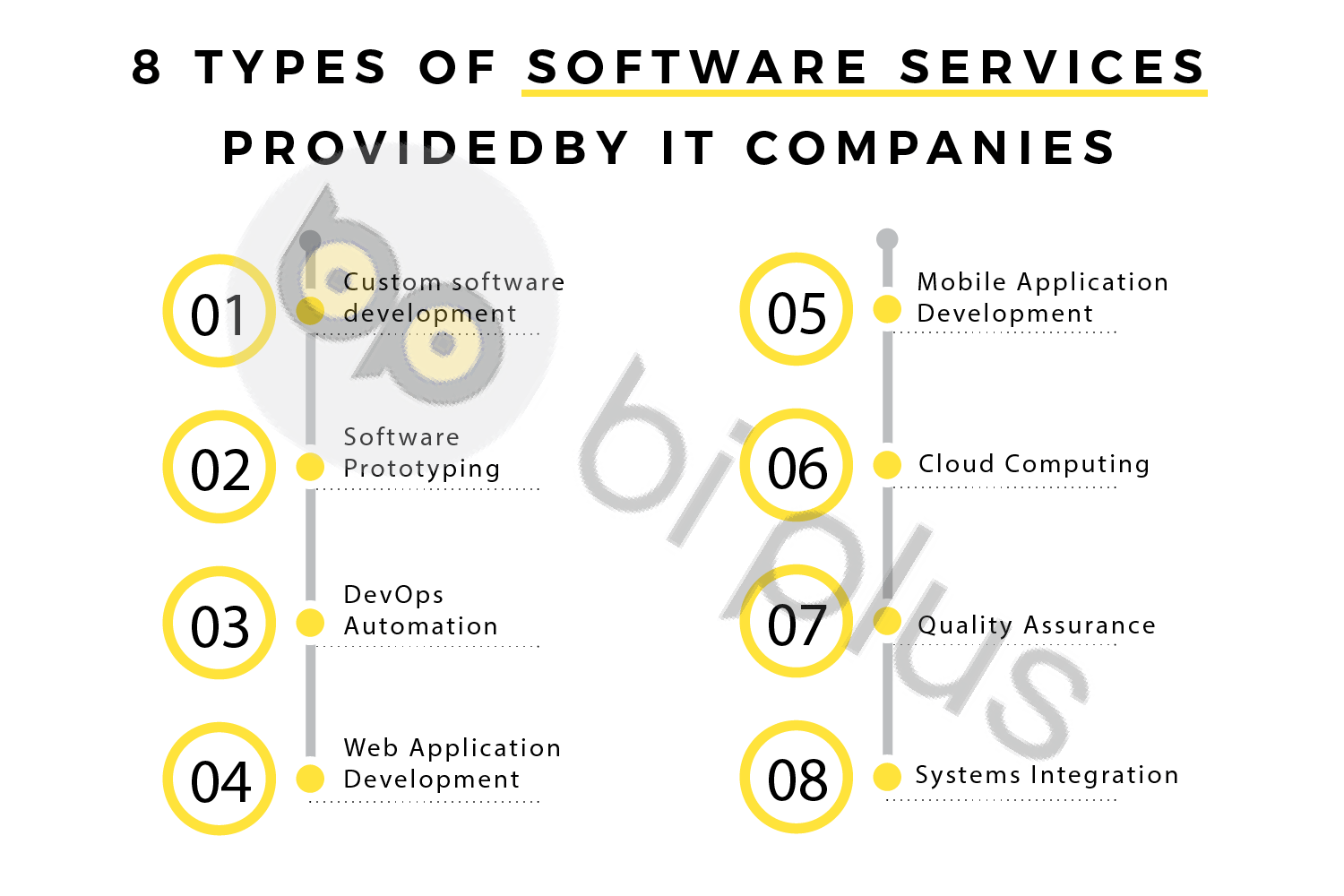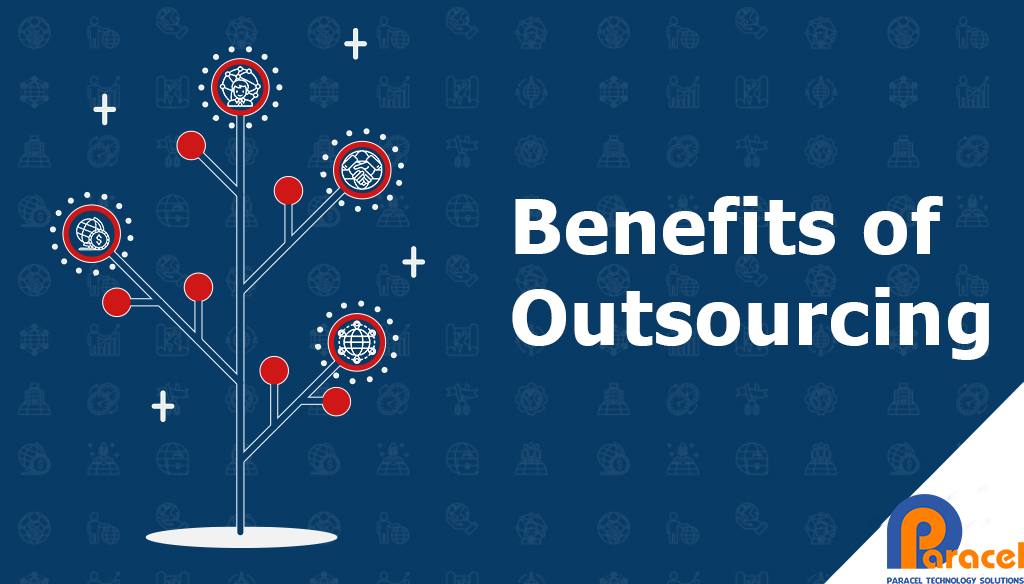In the ever-evolving landscape of business, the demand for efficient and scalable solutions has never been higher. The key to staying ahead in the competitive market lies in embracing digital transformation, and at the heart of this transformation is Enterprise Application Development. In this blog, we will delve into the importance of modern strategies in enterprise application development and how they serve as catalysts for business growth in the era of digital transformation.

1. The Digital Transformation Imperative
The term “digital transformation” has become a buzzword, but its essence is profound. It signifies a fundamental shift in how businesses operate, leveraging digital technologies to create new or modify existing business processes, culture, and customer experiences. In this context, enterprise application development becomes a linchpin for organizations aiming to navigate the complexities of this transformation.
2. The Role of Enterprise Applications
Enterprise applications serve as the backbone of an organization’s digital infrastructure. These applications streamline processes, enhance collaboration, and provide insights crucial for informed decision-making. From Customer Relationship Management (CRM) systems to Enterprise Resource Planning (ERP) solutions, these applications bring efficiency and agility to business operations.
3. Strategic Impact of Modern Enterprise Application Development

3.1. Enhanced Efficiency and Productivity:
– Modern enterprise applications are designed to automate mundane tasks, allowing employees to focus on value-added activities.
– Integration with other systems ensures seamless data flow, reducing manual errors and improving overall operational efficiency.
3.2. Scalability for Future Growth:
– Scalability is a cornerstone of modern enterprise applications. As businesses grow, these applications can adapt and expand without compromising performance.
– Cloud-based solutions further enhance scalability, offering flexibility and cost-effectiveness.
3.3. Improved Customer Experiences:
– Customer-centric applications, such as mobile apps and web portals, contribute to a superior customer experience.
– Personalization and real-time interactions foster customer loyalty and satisfaction.
3.4. Data-Driven Decision Making:
– Modern applications harness the power of data analytics, providing actionable insights for strategic decision-making.
– Predictive analytics and business intelligence tools empower organizations to stay ahead of market trends.
4. Digital Transformation through Enterprise Applications

4.1. Cloud Adoption:
– Cloud-based enterprise applications offer scalability, flexibility, and accessibility, aligning perfectly with the distributed and mobile nature of today’s workforce.
4.2. Mobile-First Approach:
– The prevalence of mobile devices requires a mobile-first strategy. Enterprise applications must be optimized for mobile platforms to meet the demands of an on-the-go workforce.
4.3. Integration of Emerging Technologies:
– The incorporation of technologies like Artificial Intelligence (AI), Internet of Things (IoT), and Blockchain enhances the capabilities of enterprise applications.
– AI-driven automation, IoT-enabled connectivity, and secure Blockchain transactions redefine business processes.
5. Challenges and Considerations
While the benefits are abundant, the journey towards modern enterprise application development comes with challenges. Security concerns, legacy system integration, and user adoption are critical factors that need careful consideration. A strategic and phased approach, along with robust cybersecurity measures, is vital for a successful transition.
6. Conclusion
In conclusion, enterprise application development stands as a cornerstone for businesses striving for growth in the era of digital transformation. Embracing modern strategies ensures not only streamlined operations and improved productivity but also positions organizations to adapt to the ever-changing technological landscape. As businesses continue to evolve, the strategic adoption of enterprise applications becomes not just a necessity but a key differentiator in the competitive marketplace. It’s a journey toward efficiency, innovation, and sustained growth in the dynamic digital realm.




Leave a Reply